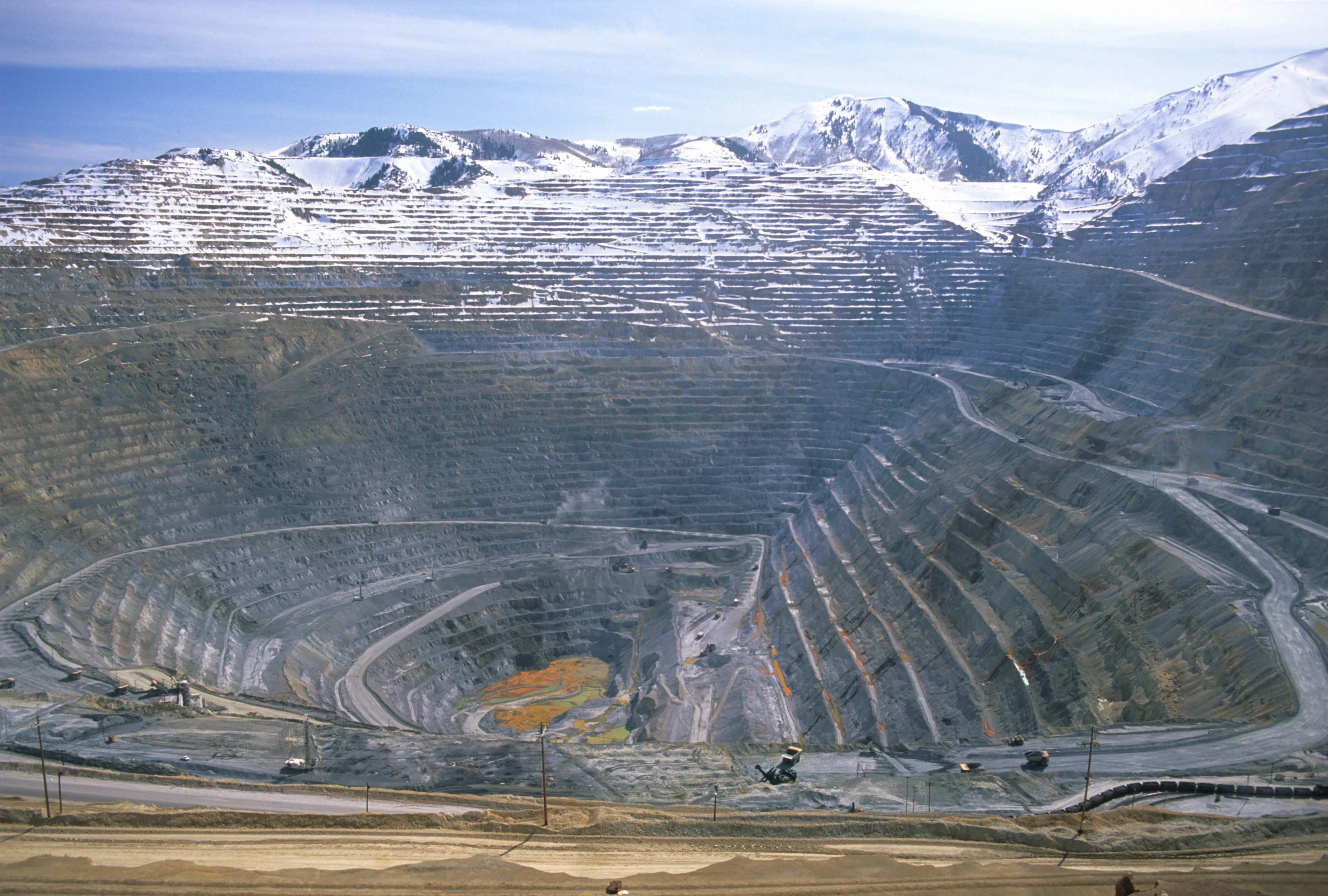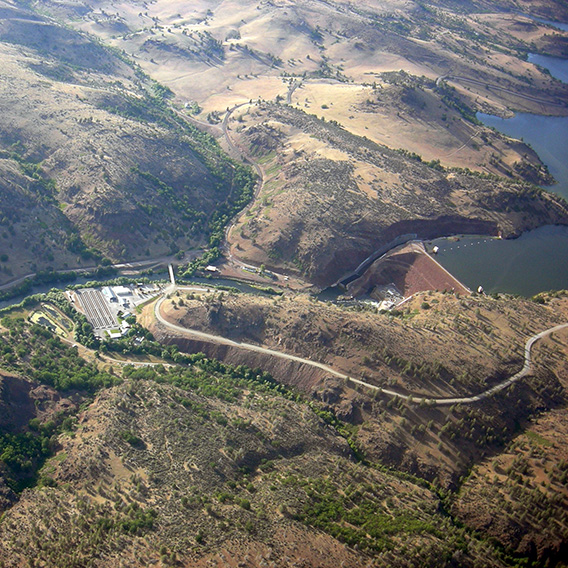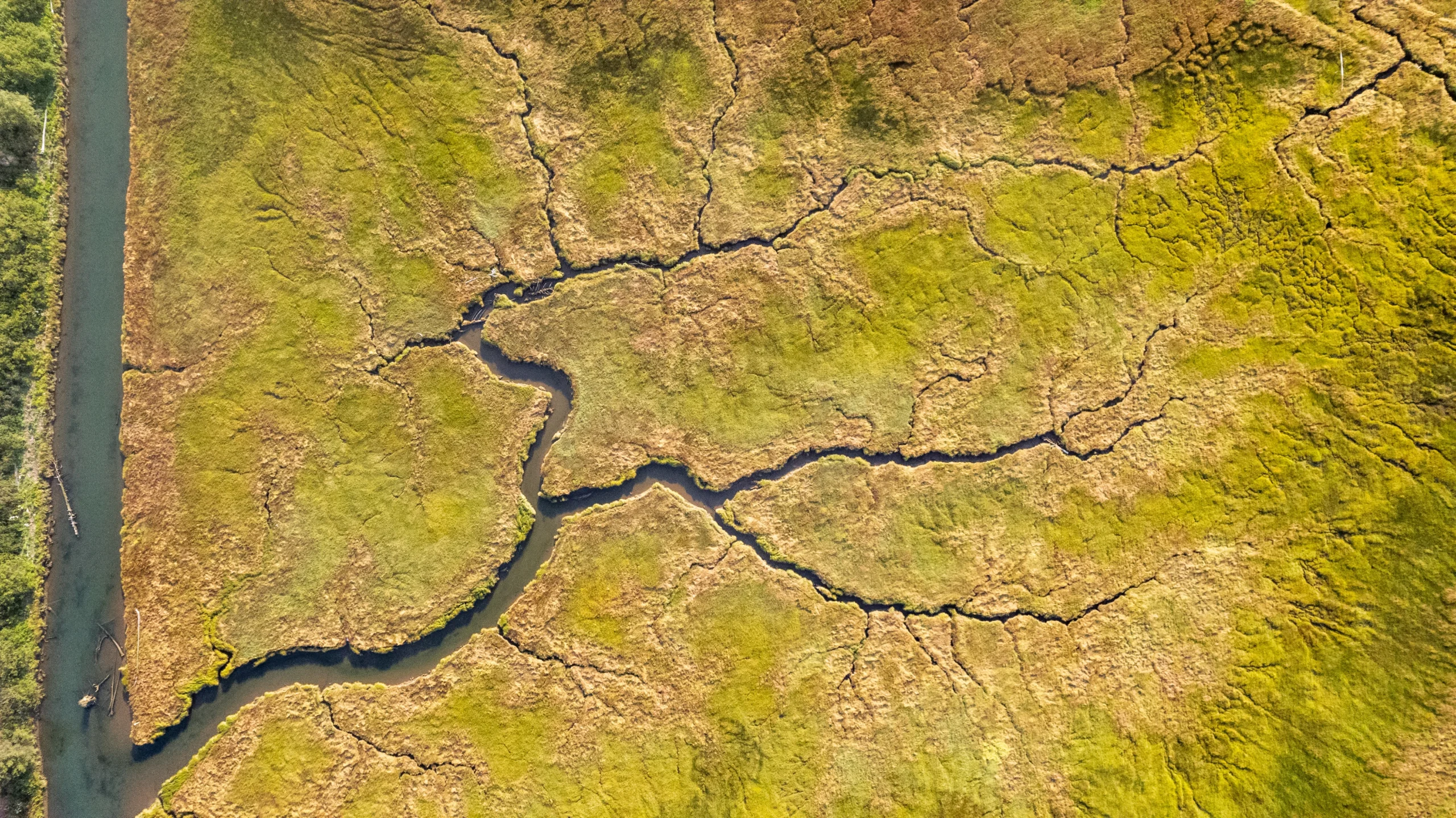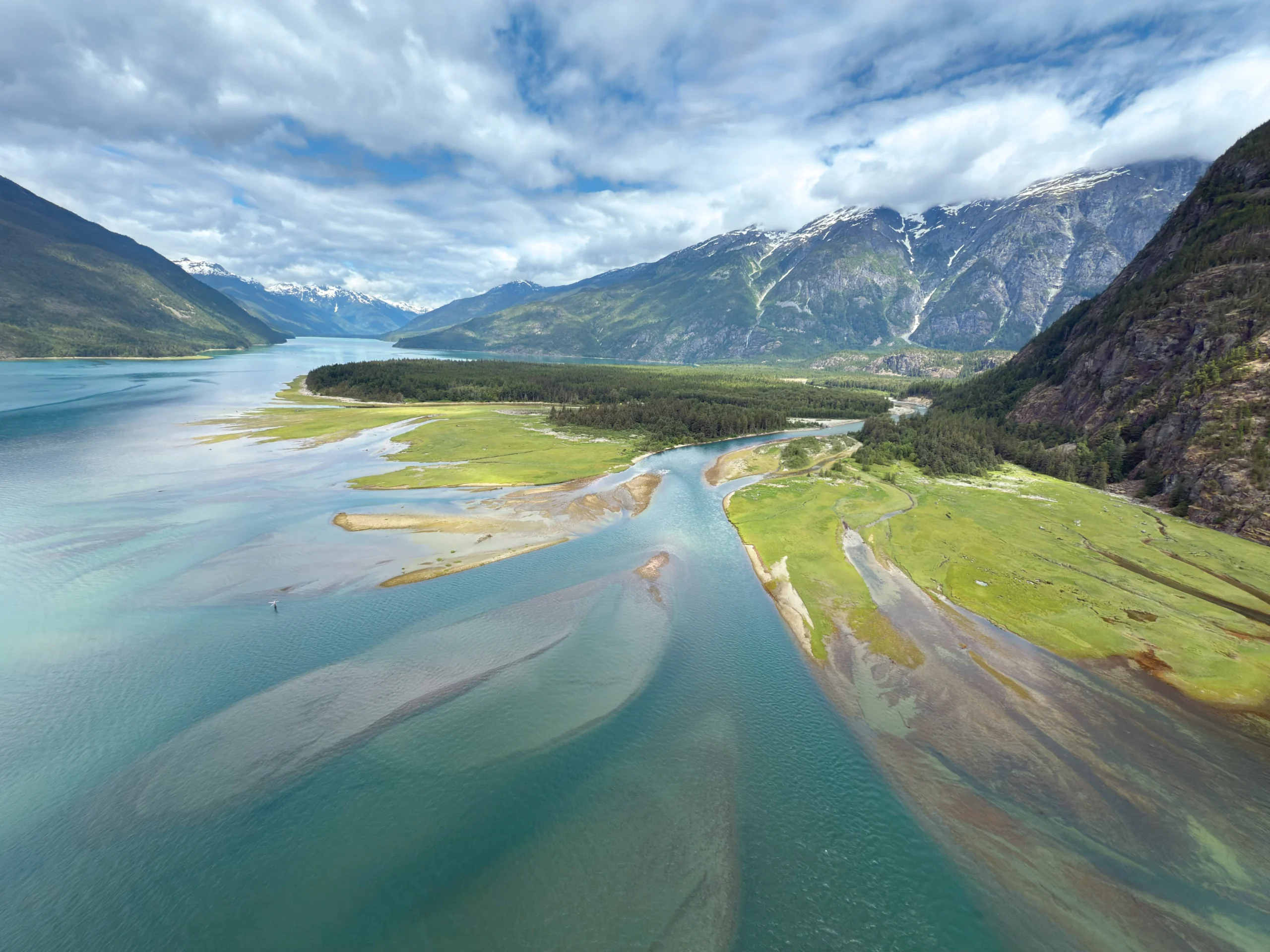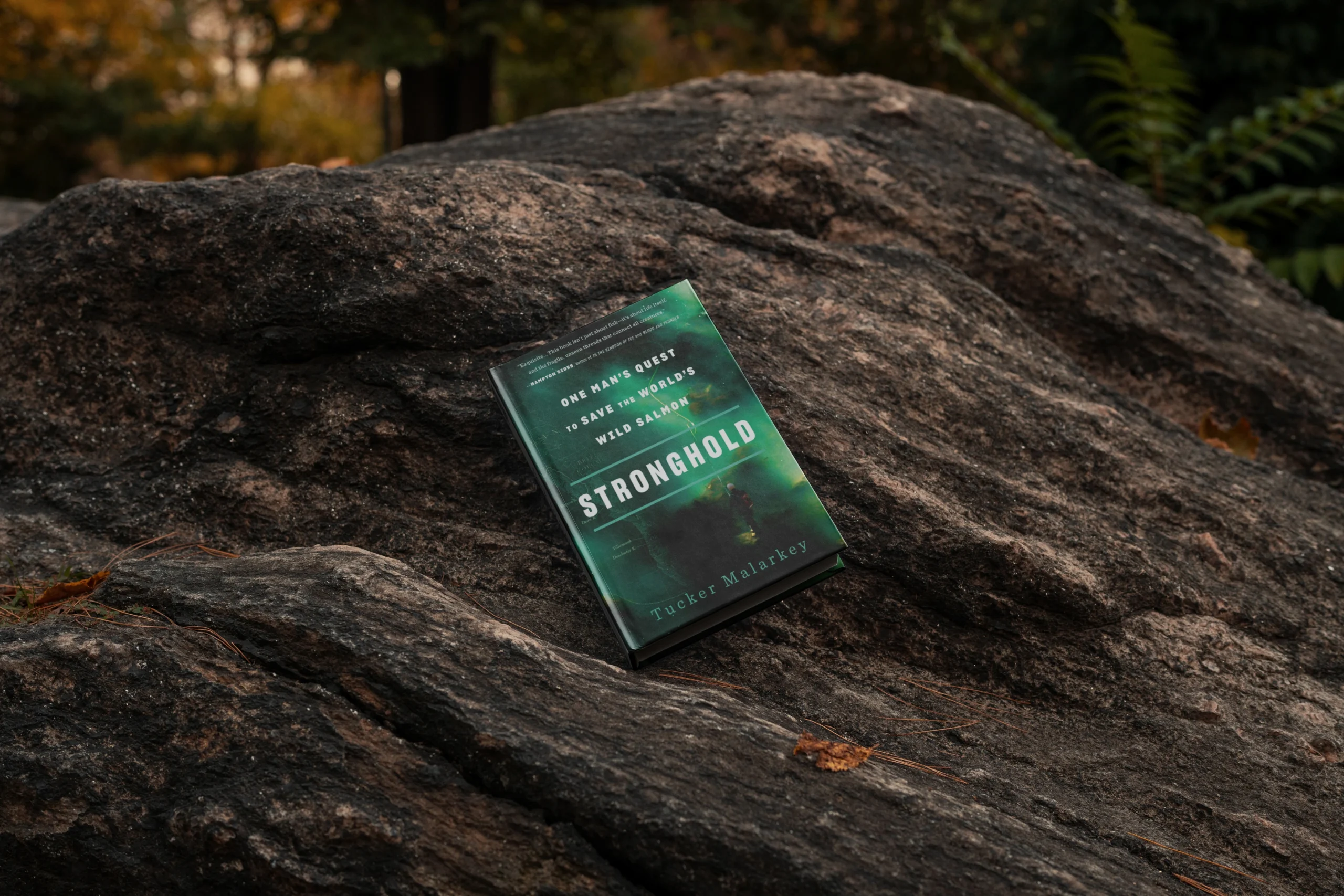Our mission is to protect the world’s salmon strongholds.
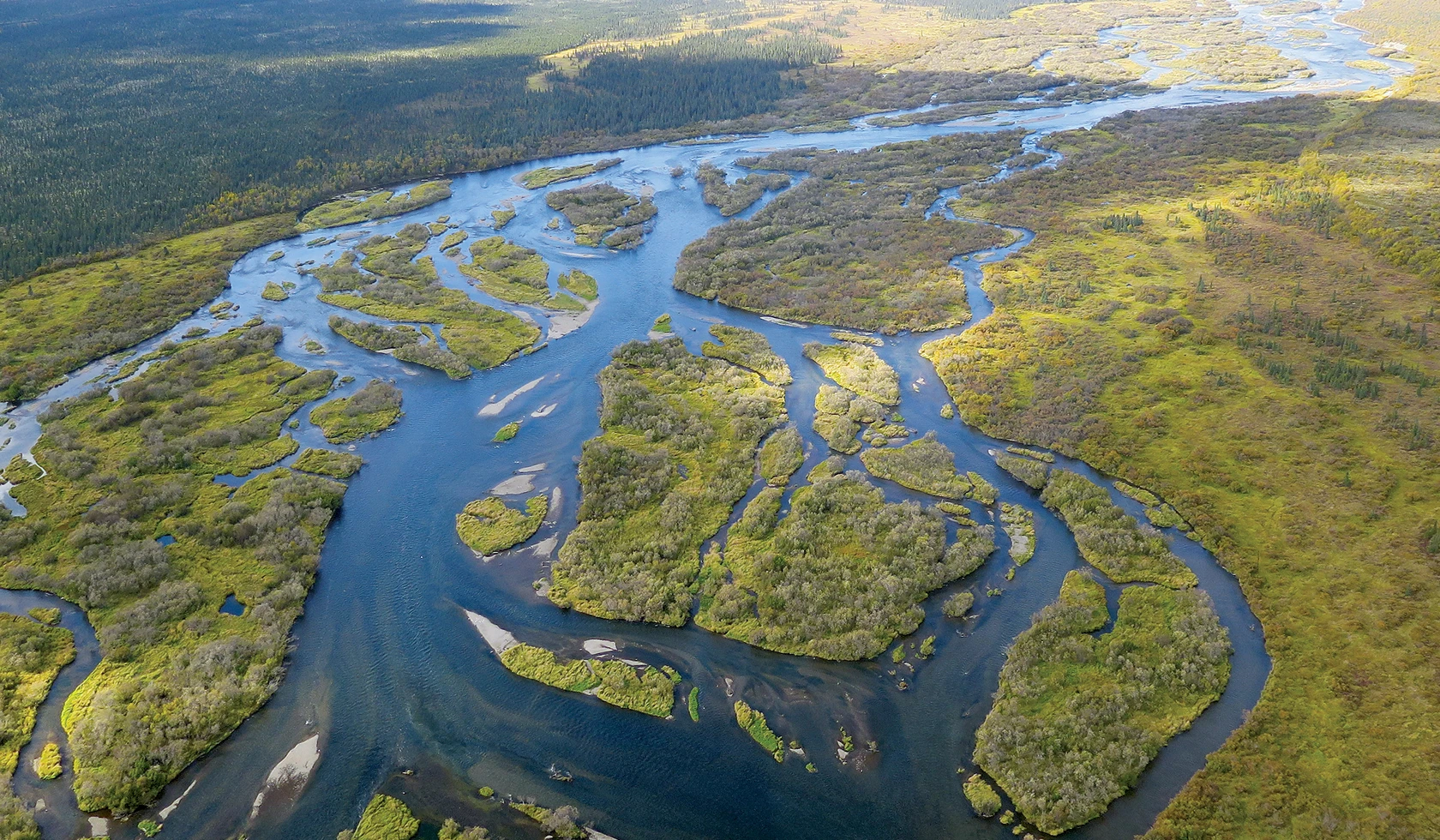
A Global Movement for Our Last, Best Salmon Rivers
We are bringing together scientists, conservationists, and people like you for a rescue mission like no other.

Wild Salmon are Under Threat
Salmon face many challenges in nature, but today’s greatest threats come from people.
The People Protecting Wild Rivers
From team members to vital partners, explore the stories of those who help us carry out our work every day.


Guido Rahr: a Champion for Salmon
“Flyfishing is a portal into the natural world.”
Every movement starts somewhere. Ours was born out of the lifelong passion of our CEO and President.
Join the Movement
Get the Wild Salmon Center Newsletter
Stay up to date on what we’re doing for wild salmon and how you can help.
